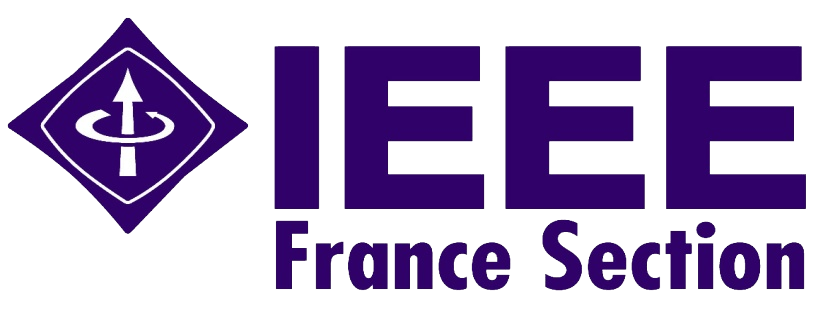Pay attention to the balance sheet’s footnotes in order to determine which systems are being used in their accounting and to look out for red flags. Retained earnings are the net earnings a company either reinvests in the business or uses to pay off debt. The remaining amount is distributed to shareholders in the form of dividends.
Employees usually prefer knowing their jobs are secure and that the company they are working for is in good health. There are no set criteria on how many sub-categories can be created and it will ultimately depend on what level of detail is required by the management. The two most common categories that are used in a Top 15 Bookkeeping Software for Startups are current and long-term. An unclassified balance sheet does not have sub-totals, clearly defined categories, and accompanying notes. Small businesses and sole proprietorship do not have a condition of publishing their financial statements. However, there is a condition of preparing and publishing financial statements in partnerships and companies to make the financial position clear.
Intangible Assets
Also, merchandise inventory is classified on the balance sheet as a current asset. However, it is important to first classify the assets and liabilities and current and non-current as a bare minimum. Further, accounting standards may prescribe minimum reporting line items. However, it is mandatory to prepare and disclose the financial statements for public limited companies. A https://business-accounting.net/what-is-legal-accounting-software-for-lawyers/ presents an obvious picture of financial health. A classified balance sheet reader can extract the exact information needed without getting overwhelmed or distracted by sophisticated information.
The distinctive subcategories assist an investor with understanding the significance of a specific entry in the Classified balance sheet and the reason it has been put there. It additionally helps investors in their financial analysis and settling on appropriate choices for their ventures. Investors can get a sense of a company’s financial well-being by using a number of ratios that can be derived from a balance sheet, including the debt-to-equity ratio and the acid-test ratio, along with many others. The income statement and statement of cash flows also provide valuable context for assessing a company’s finances, as do any notes or addenda in an earnings report that might refer back to the balance sheet. A classified balance sheet is a financial statement that reports asset, liability, and equity accounts in meaningful subcategories for readers’ ease of use. In other words, it breaks down each of the balance sheet accounts into smaller categories to create a more useful and meaningful report.
Notes to the financial statements
In the comparison of regular balance sheets where details are listed in a long line, it takes a lot of effort and time to find out the information. While in the case of an unclassified balance sheet, no such bifurcation of parts is made. Balance sheet liabilities, like assets, have been arranged into Current Liabilities and Long-Term Liabilities. When your balances have been added to the right categories, you’ll add the subtotals to show up at your total liabilities, which are $59300. Applying the Accounting equation in a classified balance sheet is a very simple process.
Depending on the company, this might include short-term assets, such as cash and accounts receivable, or long-term assets such as property, plant, and equipment (PP&E). Likewise, its liabilities may include short-term obligations such as accounts payable and wages payable, or long-term liabilities such as bank loans and other debt obligations. This format is important because it gives end users more information about the company and its operations. Creditors and investors can use these categories in their financial analysis of the business.
Long-term Liabilities
Clear Lake Sporting Goods has cash, accounts receivable, inventory, short-term investments, and equipment. It rents its facilities, so it has no buildings on its balance sheets. The assets section for Clear Lake’s classified balance sheet is shown in Figure 5.7. Recall that the income statement shows the performance of a firm over the course of time.
There are many benefits of using a How to do bookkeeping for a nonprofit over a simple one. Have you ever wondered how different it is to borrow money from your friends or family as against a bank? Before a bank credits your money, they need to know what is your company’s worth, what you own, and what you owe.
What are the Advantages of the Balance Sheet? Explained
The financial statements shall be prepared to provide a true and fair view of the business’s financial affairs to the users of the statement. To achieve this objective, the financial statements are usually prepared so that each of the broad headings of assets, liabilities, and equity is further classified into a number of meaningful sub-headings. Classified balance sheets are more often used in corporate financial reporting whereas. These detailed balance sheets can be prepared in both formats of reporting, either IFRS or GAAP US. The purpose of the classified balance sheet is to facilitate the users of financial statements. Since the balance sheet is the most used financial statement for analyzing a business’s financial health, it should be reported and presented in an easily accessible form.



